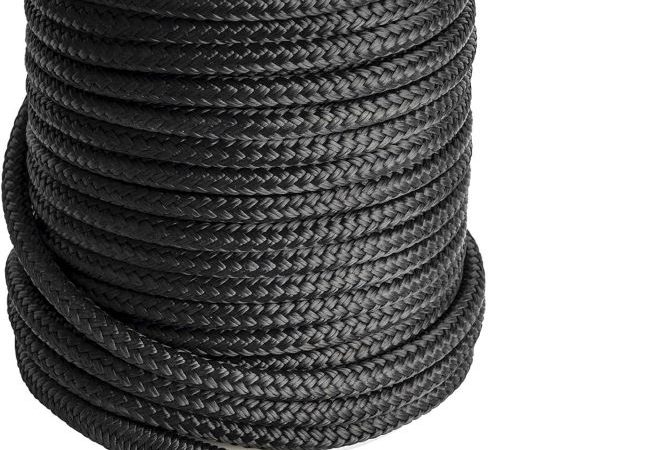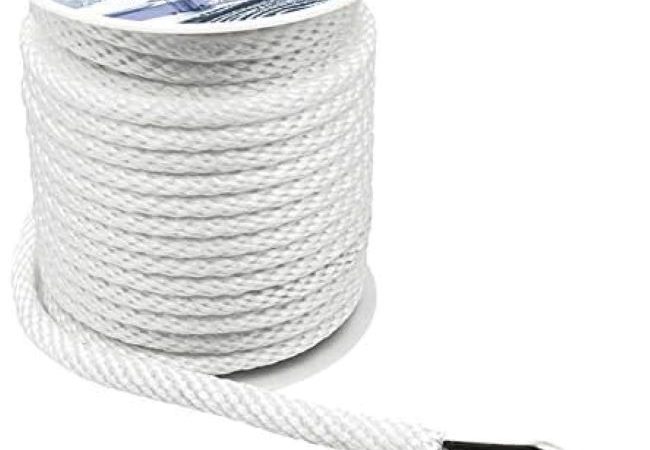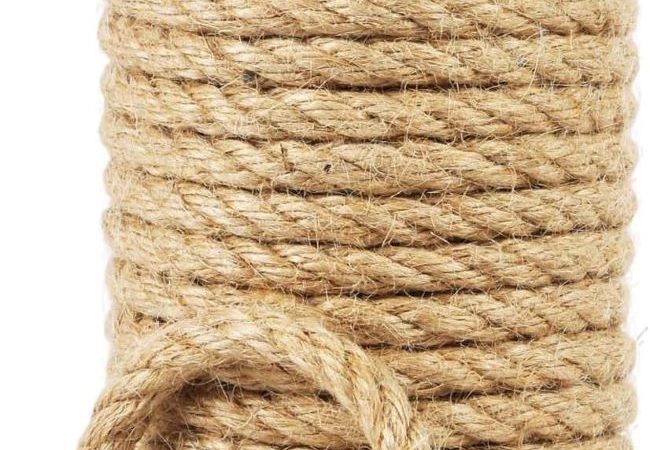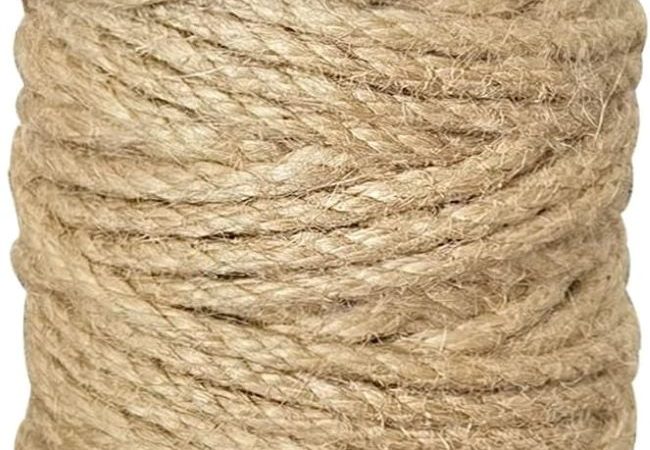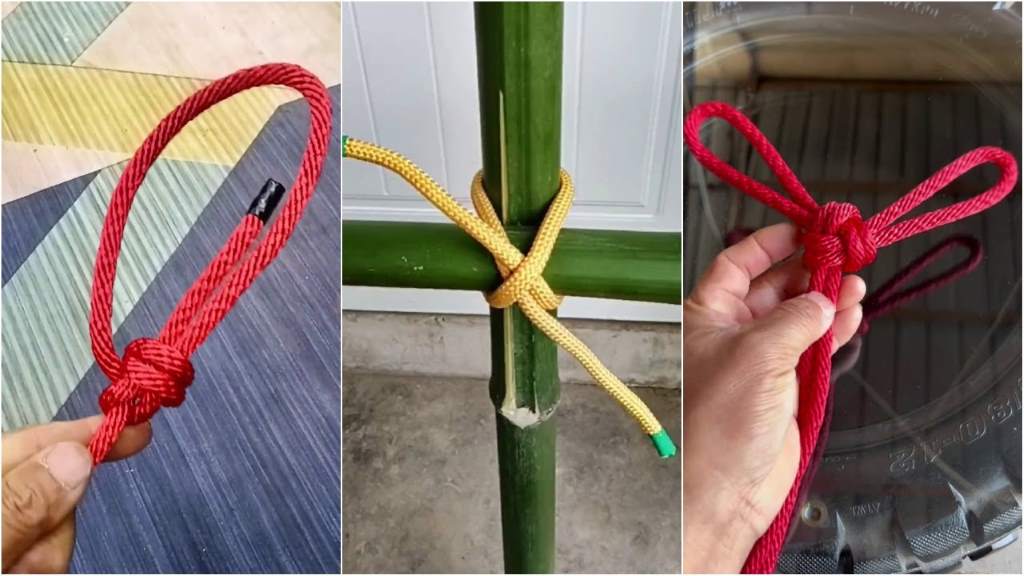
How to Choose the Best Rope for Your Project or Activity
Choosing the best rope for your project or activity can make or break your success. Whether you’re climbing mountains, securing cargo, or crafting, the right rope ensures safety and efficiency. With countless types, materials, and strengths available, the decision feels overwhelming. However, understanding key factors like material, strength, and purpose simplifies the process. This guide breaks down everything you need to know to pick the perfect rope. From outdoor adventures to industrial tasks, we’ll explore how to match ropes to your needs. Let’s dive into selecting the best rope for your project or activity with confidence.
Contents at a Glance
ToggleWhy Choosing the Right Rope Matters
Selecting the best rope for your project or activity is critical for safety and performance. A mismatched rope can lead to accidents, equipment damage, or project failure. For example, using a weak rope for heavy lifting risks snapping, while an overly stiff rope hinders knot-tying for camping. According to a 2023 study by the Cordage Institute, improper rope selection contributes to 30% of outdoor activity accidents.
Consider your project’s demands. Ropes vary in strength, flexibility, and durability. A personal experience taught me this lesson during a camping trip. I used a thin nylon rope for a tent, but it frayed under wind stress. Switching to a thicker polyester rope solved the issue. Therefore, understanding your activity’s requirements ensures you choose a rope that performs reliably.
Types of Ropes and Their Uses
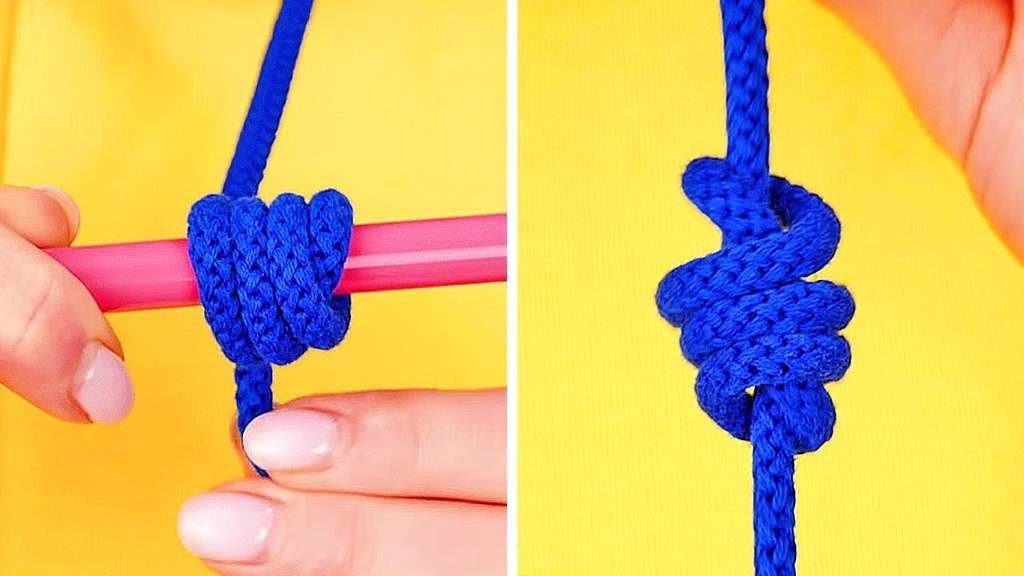
Ropes come in various types, each suited for specific tasks. Knowing their differences helps you choose the best rope for your project or activity. Common types include twisted, braided, and kernmantle ropes. Twisted ropes, made by twisting fibers, are affordable and great for general use like tying knots. Braided ropes, with interwoven strands, offer strength and flexibility for climbing or marine tasks. Kernmantle ropes, with a core and sheath, excel in dynamic activities like rock climbing.
Each type serves unique purposes. For instance, twisted ropes suit crafting, while kernmantle ropes are ideal for rescue operations. According to a 2024 report by REI, 60% of climbers prefer kernmantle ropes for their durability. Evaluate your project’s needs—whether it’s load-bearing or flexibility—to pick the right type. This ensures safety and efficiency in your activity.
Common Rope Types
- Twisted: Affordable, easy to knot, ideal for camping or crafting.
- Braided: Strong, flexible, perfect for marine or climbing tasks.
- Kernmantle: Durable, dynamic, suited for rescue or mountaineering.
Material Matters: Choosing the Right Rope Fiber
The material of a rope determines its strength, weight, and suitability. Common materials include nylon, polyester, polypropylene, and natural fibers like manila. Nylon ropes are strong and elastic, making them ideal for climbing or towing. Polyester ropes resist UV damage and abrasion, perfect for marine environments. Polypropylene is lightweight and floats, great for water sports. Natural fibers, while eco-friendly, lack durability for heavy-duty tasks.
I once chose a polypropylene rope for a boating trip, thinking its lightweight nature was enough. However, it frayed quickly under sun exposure. Switching to polyester fixed the problem. A 2023 study by the American Rope Manufacturers Association found that 70% of marine professionals prefer polyester for its longevity. Therefore, match the material to your project’s environment and demands for the best results.
Popular Rope Materials
- Nylon: Strong, elastic, ideal for climbing or dynamic loads.
- Polyester: UV-resistant, durable, great for marine use.
- Polypropylene: Lightweight, floats, suited for water activities.
Understanding Rope Strength and Load Capacity
Rope strength, measured in tensile strength, is crucial for safety. Tensile strength indicates the maximum load a rope can handle before breaking. For example, a climbing rope needs high tensile strength to support body weight and falls. Always check the rope’s working load limit, typically 10-15% of its tensile strength, to ensure safe use. According to a 2024 safety report by OSHA, exceeding a rope’s load capacity causes 25% of industrial accidents. Discover How Long Should You Keep a Climbing Rope.
When selecting the best rope for your project or activity, consider the load. For instance, securing a 500-pound load requires a rope with a tensile strength of at least 5,000 pounds for safety. During a home project, I underestimated a rope’s capacity, causing it to snap. Checking ratings beforehand prevents such risks. Always choose a rope with a capacity exceeding your project’s demands.
Rope Diameter and Length Considerations
Rope diameter and length impact functionality. Thicker ropes handle heavier loads but are harder to knot. Thinner ropes are flexible but weaker. For example, a 10mm rope suits climbing, while a 20mm rope is better for industrial tasks. Length depends on the activity—too short, and you’re stuck; too long, and it’s cumbersome. A 2023 survey by Climbing Magazine found 80% of climbers prefer 60-meter ropes for versatility.
Measure your project’s needs. For a sailing trip, I once bought a 50-foot rope, but 30 feet would’ve sufficed, saving weight. Consider the environment too—wet conditions may require longer ropes. Therefore, balance diameter and length to ensure the best rope for your project or activity fits perfectly.
Environmental Factors and Rope Selection
Environmental conditions affect rope performance. Sunlight, water, and abrasion can degrade ropes over time. For outdoor projects, choose UV-resistant materials like polyester. In wet environments, avoid natural fibers that rot easily. Polypropylene floats, making it ideal for marine tasks. A personal mistake was using a manila rope in a humid climate, leading to mold. Switching to nylon solved it.
Consider temperature and terrain too. Extreme heat weakens some synthetics, while rough surfaces wear out soft ropes. A 2024 study by the National Outdoor Leadership School noted that 65% of rope failures stem from environmental mismatches. Therefore, assess your activity’s conditions to select the best rope for your project or activity, ensuring durability and safety.
Practical Tips for Choosing the Best Rope
To choose the best rope for your project or activity, follow these practical steps. First, define your activity’s purpose—climbing, towing, or crafting. Next, assess the load and environmental conditions. Check the rope’s specifications, like tensile strength and material. Always buy from reputable brands to ensure quality. I learned this when a cheap rope failed during a DIY project, wasting time and money.
Additionally, test the rope’s feel. Flexible ropes suit knot-heavy tasks, while stiff ones work for rigging. Read user reviews for real-world insights. Finally, store ropes properly to extend their life—keep them dry and coiled. These steps ensure you pick a reliable rope for your needs.
Maintenance and Care for Long-Lasting Ropes
Proper maintenance extends a rope’s lifespan. Clean ropes after use to remove dirt or salt, especially for marine tasks. Use mild soap and water, then air-dry to prevent mold. Store ropes in a cool, dry place away from sunlight. I once stored a rope in a damp garage, and it degraded within months. Regular inspections for frays or weak spots are crucial.
Avoid overloading or exposing ropes to chemicals. For climbing ropes, retire them after significant falls, as internal damage may not be visible. According to a 2023 Cordage Institute report, proper maintenance increases rope lifespan by 40%. Therefore, care ensures the best rope for your project or activity remains safe and effective for years.
Conclusion
Choosing the best rope for your project or activity requires careful thought. Consider the rope’s type, material, strength, and environmental fit to ensure safety and success. From climbing to crafting, the right rope boosts performance and prevents accidents. My own mishaps, like using the wrong rope for camping, taught me to prioritize specifications. By following this guide, you can confidently select a rope that meets your needs. Share your rope selection tips in the comments or spread this article to help others. For more insights, check OSHA’s safety guidelines. Pick the perfect rope and tackle your project with ease.
FAQs
What is the strongest rope material?
Nylon is the strongest synthetic rope material, offering high tensile strength and elasticity for climbing or towing.
How do I know the right rope diameter?
Choose diameter based on load and task. Thicker ropes (e.g., 20mm) suit heavy loads; thinner ones (e.g., 10mm) work for climbing.
Can I use the same rope for all activities?
No, different activities require specific ropes. Match type and material to the task for safety and efficiency.
How often should I replace my rope?
Replace ropes showing frays or after heavy use, like significant falls in climbing, to ensure safety.
Where can I buy quality ropes?
Purchase from reputable retailers like REI or specialized manufacturers to ensure durability and reliability.

